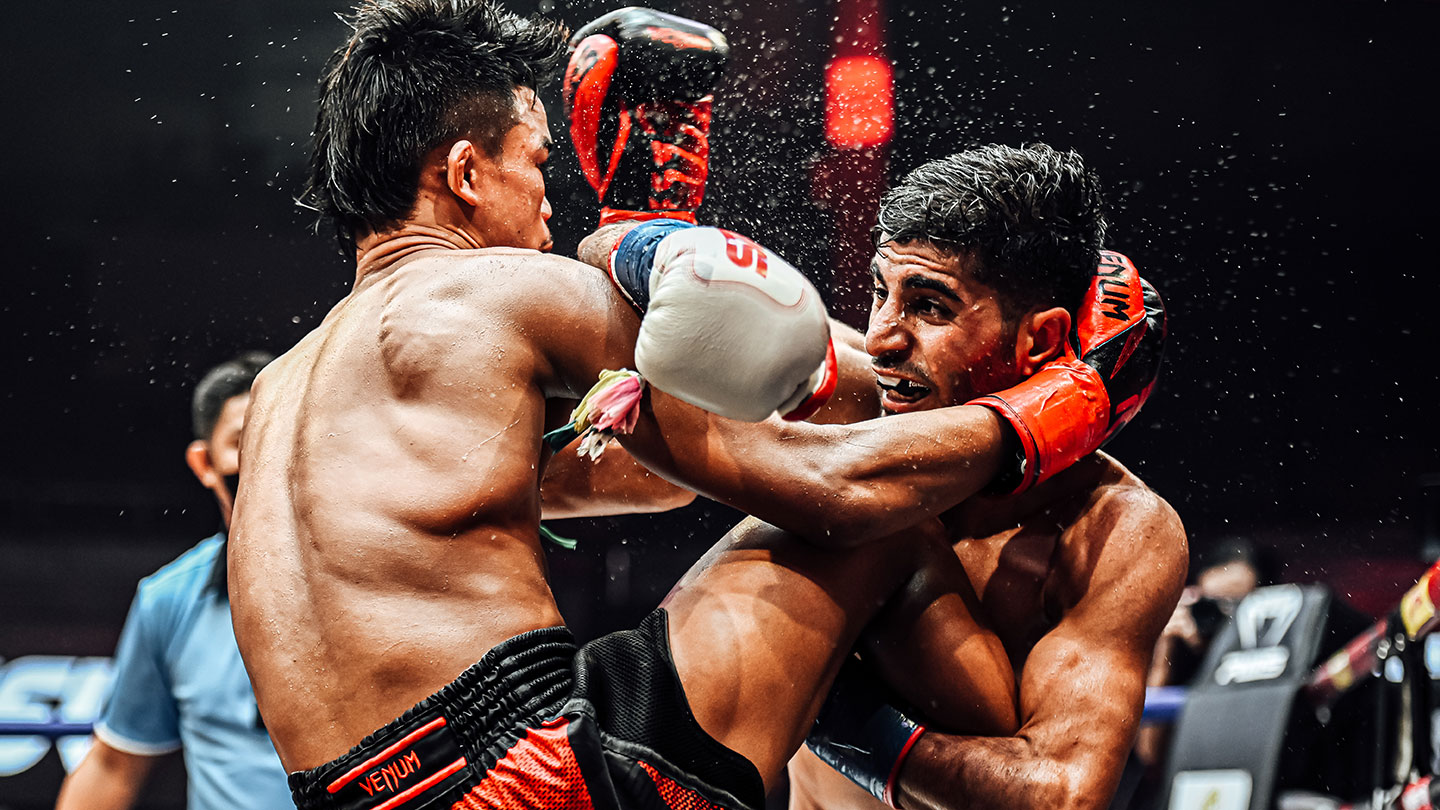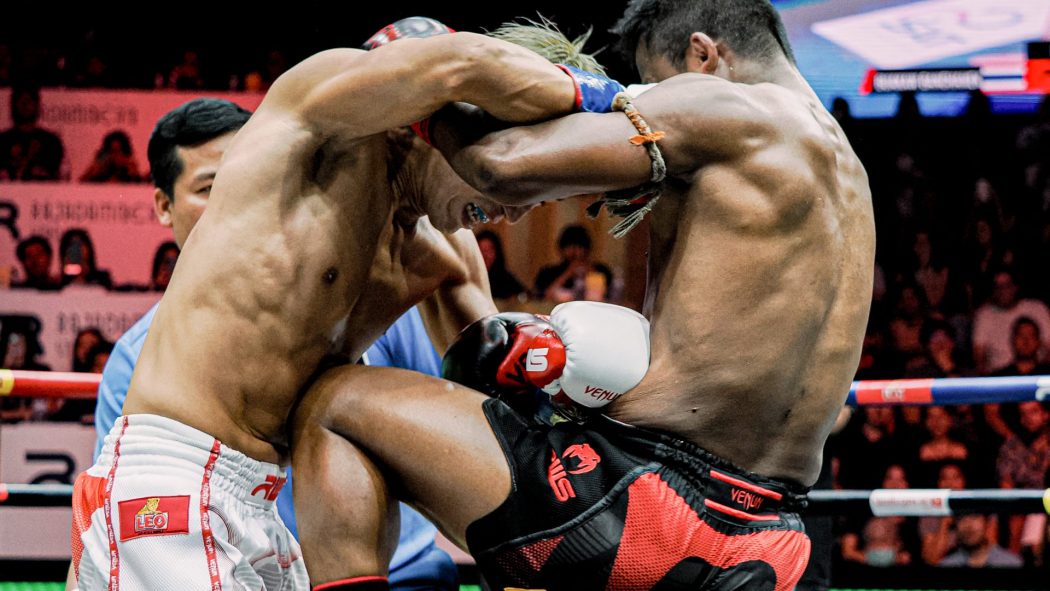Discover the premier selection of 12 martial arts for self-defense meticulously designed for personal safety in 2024. Ranked by their effectiveness.
Feb 29, 2024
12 World Best Martial Arts for Self-Defense in 2024
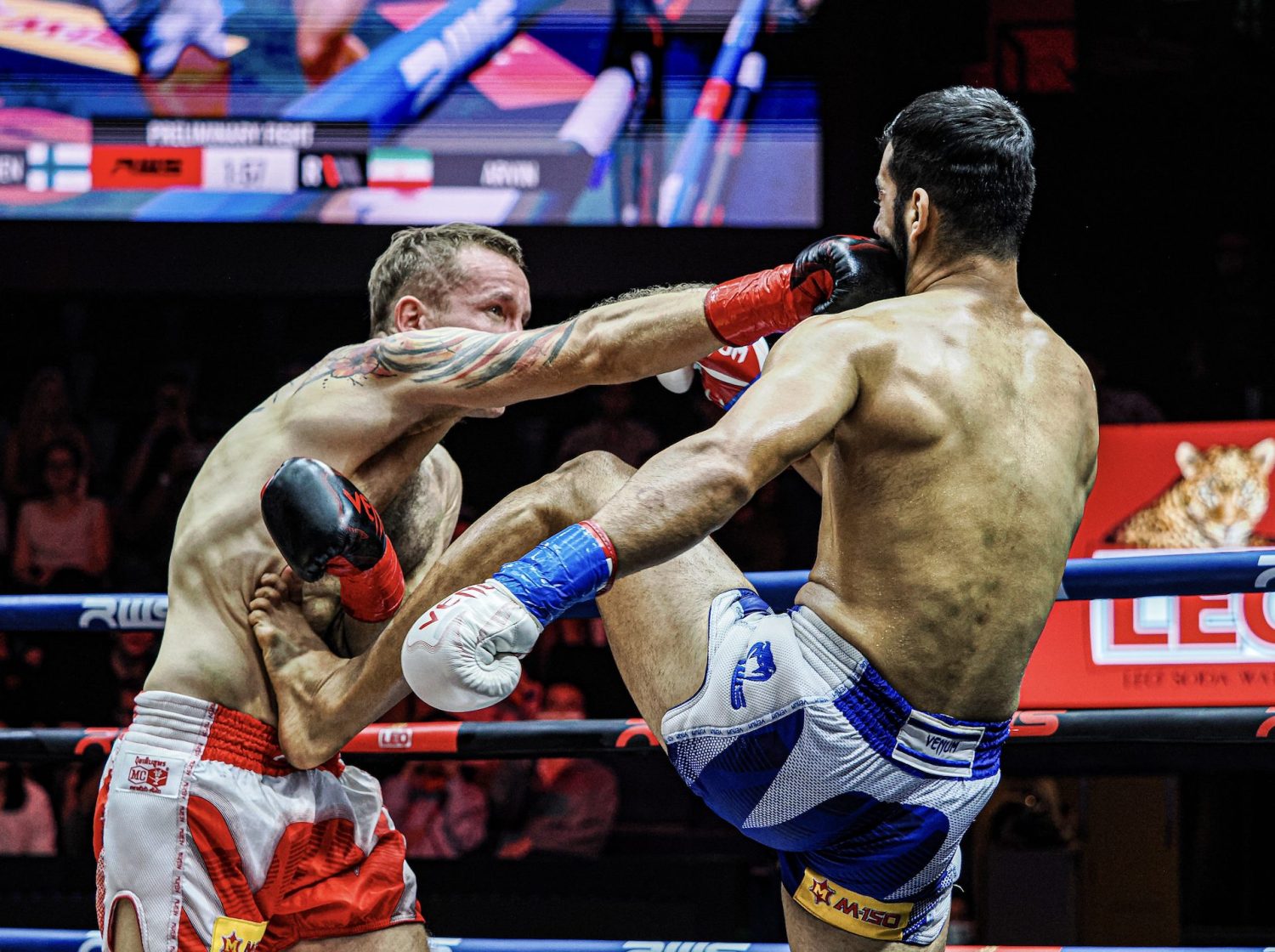
In the hustle and bustle of our daily lives, ensuring our safety is an essential concern. Whether it’s navigating the streets of a bustling city or simply going about our routine, the need for self-defense has never been more crucial. In a world where uncertainties exist, having the skills and knowledge to protect oneself becomes an empowering tool for personal security. Today, martial arts go beyond just sports; they’re a vital part of self-defense.
This article delves into the 12 best martial arts for self-defense in 2024, showcasing a diverse range of techniques and approaches that make personal security accessible to everyone. Whether you’re a beginner or an experienced practitioner, martial arts for personal protection offer a straightforward path to a safer and more secure lifestyle.
1. Muay Thai

Muay Thai stands out for its dynamic striking techniques that engage not just fists and feet but also elbows, knees, and clinch work. This comprehensive approach transforms practitioners into well-rounded fighters, ready to adapt to any situation. Let’s see why Muay Thai is one of the most effective self-defense martial arts.
Why Muay Thai is effective for self-defense
The emphasis on powerful strikes and close-quarters combat makes it a potent martial art for personal protection. The training hones reflexes, improves balance, and instills the confidence needed to confront potential threats.
Muay Thai’s real-world applicability in self-defense scenarios
- Adaptability in Confined Spaces: Muay Thai’s emphasis on close-range combat makes it particularly effective in confined spaces such as narrow alleys or crowded environments where traditional striking may be impractical.
- Strategic Use of Elbows and Knees: The incorporation of elbows and knees in Muay Thai provides a distinct advantage, enabling practitioners to defend themselves effectively in scenarios where standard punches and kicks may be limited or less effective.
- Clinch Work for Control: Muay Thai’s clinch work becomes a valuable asset in situations where maintaining control is crucial. It allows practitioners to navigate physical encounters, evade aggressors, and create opportunities to escape.
2. Krav Maga

Krav Maga, a martial art developed for the Israeli military, boasts unique top self-defense techniques. Unlike traditional martial arts, Krav Maga is designed to be learned quickly and applied efficiently, focusing on real-world situations rather than stylized techniques. Therefore, Krav Maga is known as the best martial art for street safety.
Why Krav Maga is effective for self-defense
The system prioritizes instinctive movements and practical techniques, aiming to neutralize threats rapidly. Its emphasis on simultaneous defense and attack sets it apart, making it a potent tool for individuals seeking straightforward and effective means of personal protection.
Krav Maga’s real-world applicability in self-defense scenarios
- Defense Against Armed Attacks: Krav Maga excels in addressing threats involving weapons. Techniques for disarming opponents and neutralizing armed attacks are integral components of Krav Maga training
- Adaptable to Unpredictable Situations: The training encourages practitioners to use their surroundings to their advantage and react swiftly to unexpected threats.
3. Brazilian Jiu-Jitsu
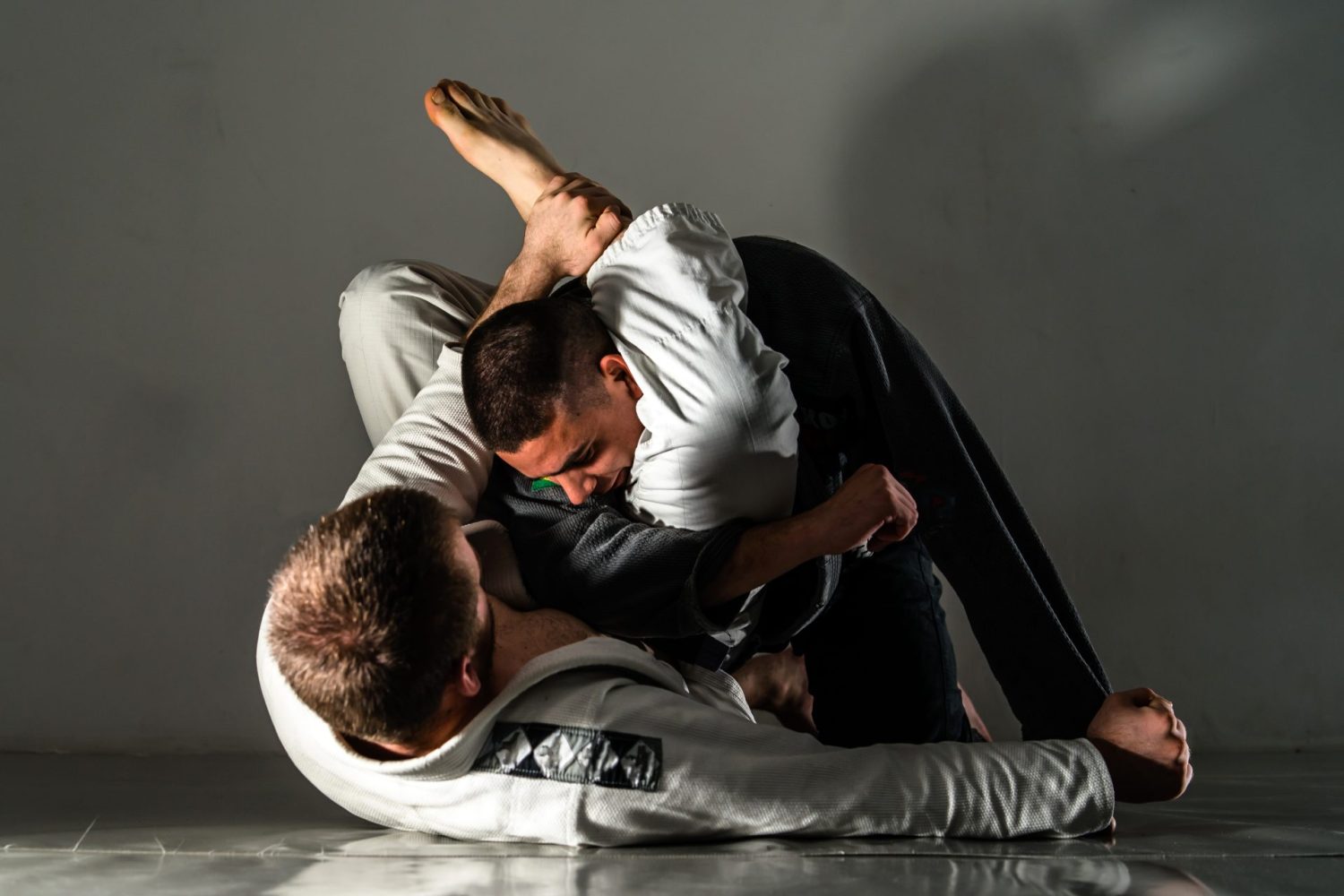
Brazilian Jiu-Jitsu (BJJ) is renowned for its ground-fighting techniques, emphasizing leverage, joint locks, and submission holds.
Why Brazilian Jiu-Jitsu is effective for self-defense
Brazilian Jiu-Jitsu’s effectiveness in self-defense lies in its ability to level the playing field, particularly against larger or stronger opponents. By leveraging technique and body mechanics, BJJ empowers practitioners to control and submit adversaries without relying on brute force.
Brazilian Jiu-Jitsu’s real-world applicability in self-defense scenarios
- Defense Against Larger Opponents: BJJ’s emphasis on technique over strength makes it particularly effective for individuals facing larger or stronger assailants.
- Ground Defense: Practitioners learn to control opponents, defend against strikes, and apply submissions from various positions.
4. Mixed Martial Arts (MMA)

Mixed Martial Arts (MMA) is a dynamic and inclusive combat sport that combines elements from various practical self-defense disciplines, including striking and grappling techniques. It encourages practitioners to be well-rounded fighters, proficient both on their feet and on the ground.
Why Mixed Martial Arts is effective for self-defense
MMA’s effectiveness in self-defense stems from its emphasis on versatility. By incorporating striking from disciplines like boxing and Muay Thai with grappling from Brazilian Jiu-Jitsu and wrestling, MMA practitioners develop a wide range of skills.
Mixed Martial Arts’s real-world applicability in self-defense scenarios
- Ground Defense and Grappling: MMA’s incorporation of grappling techniques from Brazilian Jiu-Jitsu and wrestling prepares individuals for ground-based confrontations.
- Versatility Against Multiple Opponents: The ability to seamlessly transition between striking and grappling enables individuals to maintain control and defend against various threats effectively.
5. Wrestling
Another top martial art for self-protection, Wrestling is a sport with a primary focus on controlling an opponent through grappling techniques and takedowns.
Why Wrestling is effective for self-defense
Wrestling’s effectiveness in self-defense lies in its ability to dictate and control the course of a physical confrontation. Wrestlers are adept at close-range combat, understanding how to manipulate an opponent’s movements and leverage their own strength for takedowns and positional dominance. Accordingly, Wrestling is a very suitable martial art for real-world defense.
Wrestling’s real-world applicability in self-defense scenarios
- Takedowns and Control: Practitioners learn to execute effective takedowns to quickly bring an opponent to the ground.
- Escaping Holds and Pins: The skills wrestlers develop in escaping holds and avoiding pins contribute to their ability to navigate and survive physical altercations.
6. Judo
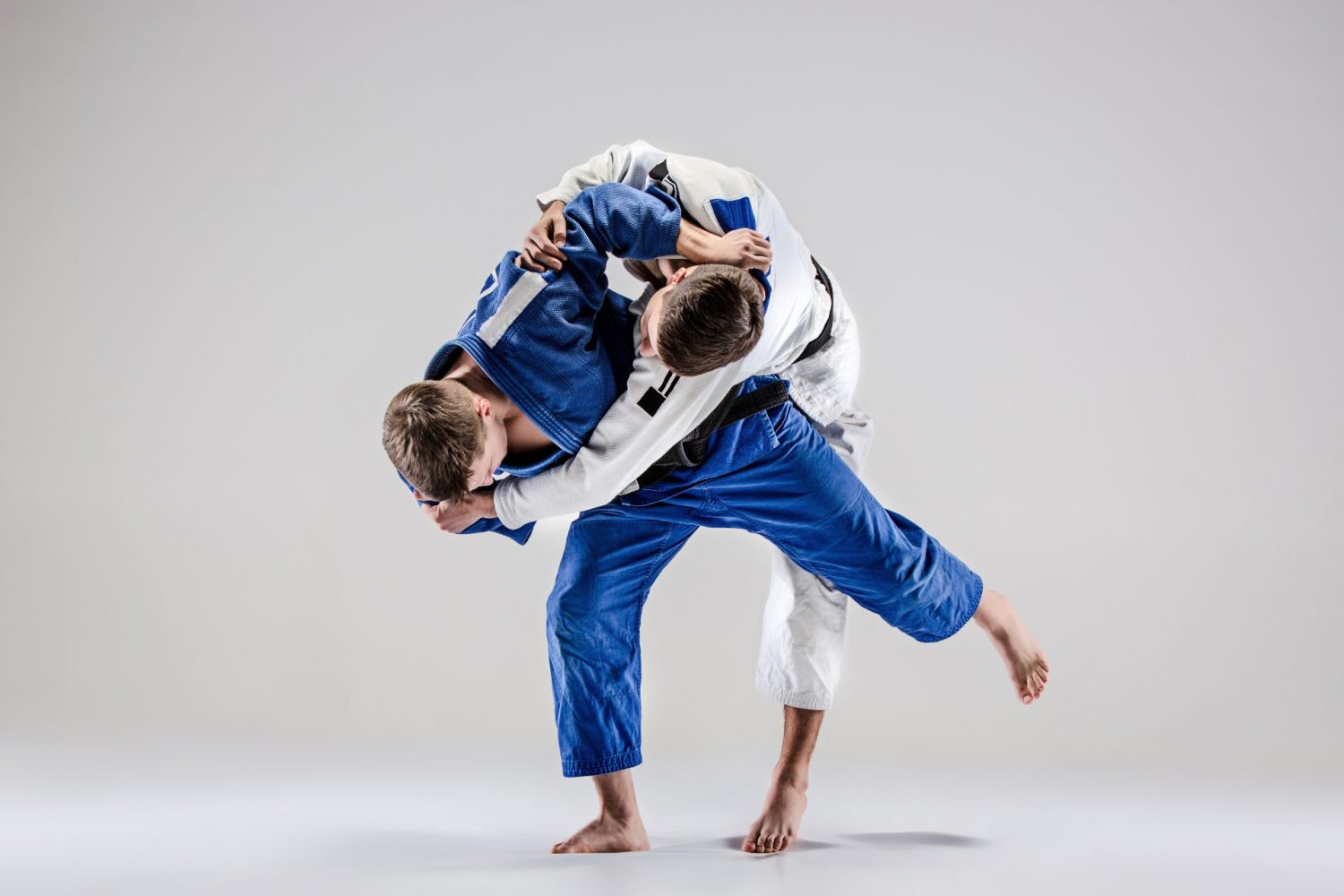
Judo is a Japanese martial art founded on the principles of using an opponent’s force against them. Judo places a strong emphasis on throws and takedowns, utilizing balance, leverage, and timing to subdue adversaries.
Why Judo is effective for self-defense
Judo’s effectiveness in self-defense stems from its focus on technique over brute strength. By mastering the principles of off-balancing an opponent and executing precise throws, practitioners can efficiently neutralize threats.
Judo’s real-world applicability in self-defense scenarios
- Throws for Quick Resolution: Judo’s throws are designed for quick resolution of physical altercations. By unbalancing and throwing an opponent to the ground, practitioners can swiftly gain control of the situation.
- Defense Against Grabs and Holds: Practitioners learn to break free from holds and use an opponent’s grip against them, enhancing their ability to escape or take control.

7. Sambo

Sambo blends elements of judo and wrestling into a versatile and practical system. Developed for the military, Sambo emphasizes throws, takedowns, and ground-fighting techniques.
Why Sambo is effective for self-defense
Sambo’s effectiveness in self-defense lies in its adaptability and integration of techniques from various martial arts. By combining throws and ground control, Sambo equips practitioners with a comprehensive skill set to handle a range of self-defense scenarios.
Sambo’s real-world applicability in self-defense scenarios
- Throws and Takedowns: Sambo’s foundation in throws and takedowns provides practitioners with the ability to quickly subdue opponents.
- Ground-Fighting Techniques: Practitioners learn to control and submit opponents on the ground, enhancing their ability to manage situations that end up in grappling scenarios.
8. Karate

Karate is a striking martial art that emphasizes powerful punches, kicks, knee strikes, and elbow strikes. Practitioners learn to strike with intent, combining physical techniques with mental discipline
Why Karate is effective for self-defense
Karate’s effectiveness in self-defense is rooted in its simplicity, precision, and emphasis on striking techniques. Practitioners develop powerful and fast strikes, along with defensive maneuvers, providing a well-rounded set of skills to neutralize threats.
Karate’s real-world applicability in self-defense scenarios
- Striking Techniques: Karate’s primary focus on striking techniques, including punches, kicks, and knee strikes, equips practitioners with the ability to fend off attackers from a distance.
- Defensive Maneuvers: Karate emphasizes defensive maneuvers, including blocking and parrying, allowing practitioners to protect themselves against various types of attacks.
9. Taekwondo

Taekwondo, originating from Korea, is a martial art renowned for its dynamic and high-impact kicking techniques. It places a strong emphasis on agility, flexibility, and speed.
Why Taekwondo is effective for self-defense
Taekwondo’s effectiveness in self-defense lies in its emphasis on utilizing long-range kicks, quick footwork, and strategic defensive maneuvers. Practitioners develop powerful and accurate kicks, making it a potent martial art for creating distance.
Taekwondo’s real-world applicability in self-defense scenarios
- Long-Range Kicking Techniques: Taekwondo’s techniques provide practitioners with the ability to keep adversaries at a distance.
- Quick Footwork and Evasion: Taekwondo’s emphasis on quick footwork and evasion techniques allows practitioners to maneuver efficiently, avoiding potential threats and setting up counterattacks.
10. Wing Chun
Wing Chun, a Chinese martial art, is known for its practical and efficient approach to self-defense. Developed to be straightforward and direct, Wing Chun focuses on close-range combat and simultaneous attack and defense.
Why Wing Chun is effective for self-defense
Wing Chun’s effectiveness in self-defense is rooted in its focus on close-quarters combat, efficiency in movement, and the ability to redirect an opponent’s force.
Why Wing Chun is effective for self-defense
- Close-Quarters Combat: Wing Chun excels in close-quarters combat situations, where traditional striking may be limited.
- Simultaneous Attack and Defense: The principle of simultaneous attack and defense in Wing Chun allows practitioners to intercept and neutralize threats effectively.
11. Aikido
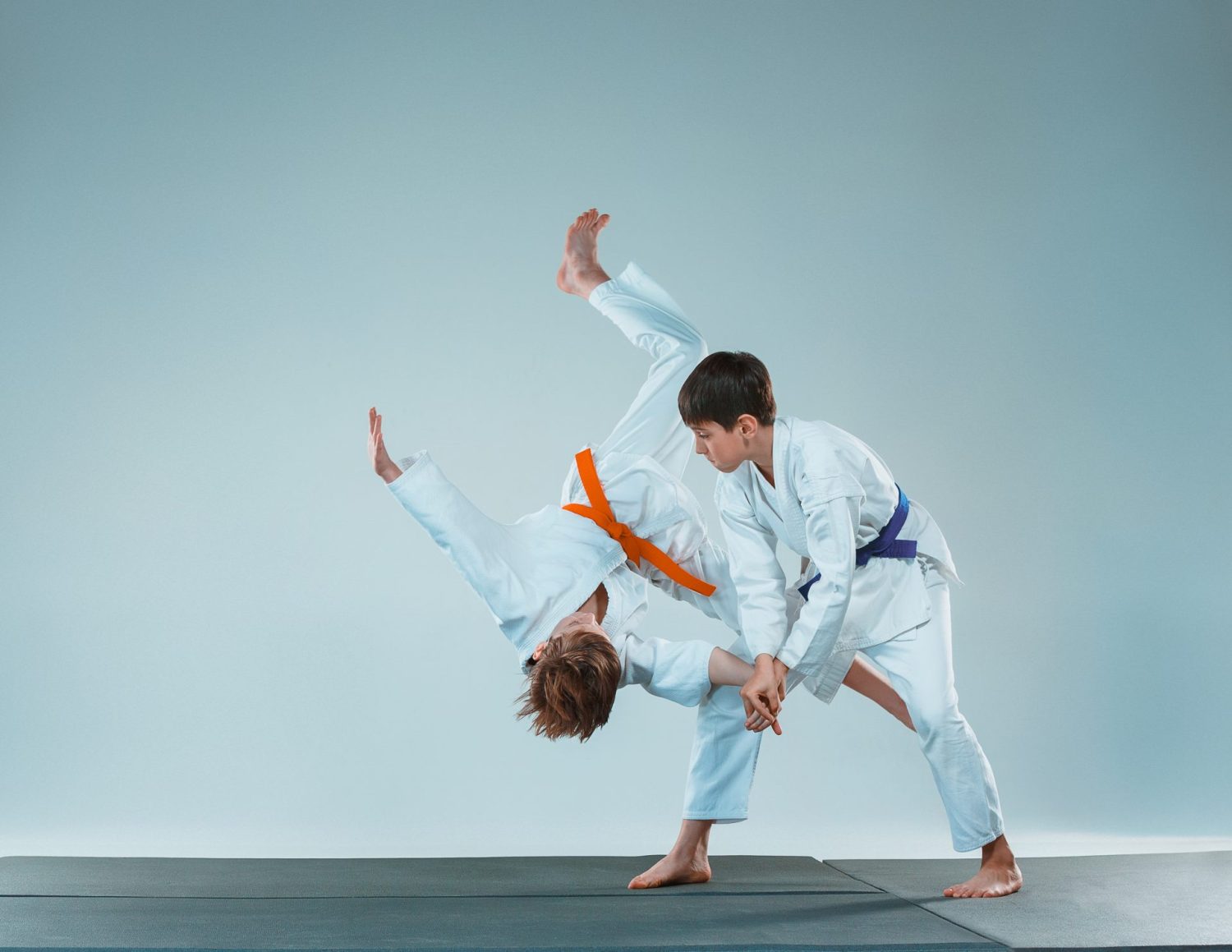
Aikido is characterized by its philosophy of non-resistance and the principle of blending with an opponent’s energy. Aikido techniques involve redirecting an aggressor’s force rather than opposing it directly.
Why Aikido is effective for self-defense
Aikido’s effectiveness in self-defense lies in its unique approach to redirecting and neutralizing an opponent’s energy. The techniques leverage an attacker’s movements, making it effective for individuals looking to subdue threats without causing unnecessary harm.
Aikido’s real-world applicability in self-defense scenarios
- Joint Locks and Throws: These techniques are effective for neutralizing threats while maintaining control, making it suitable for situations where physical restraint is necessary.
- Adaptability to Multiple Attackers: By redirecting the force of one attacker, practitioners can seamlessly transition to addressing others, providing a practical solution for real-world self-defense scenarios.
12. Jeet Kune Do
Jeet Kune Do (JKD), created by martial arts legend Bruce Lee, is a philosophy and martial art that emphasizes simplicity, directness, and practicality. The approach is dynamic and adaptable, advocating the use of techniques that are most effective for the individual.
Why Jeet Kune Do is effective for self-defense
Jeet Kune Do’s effectiveness in self-defense is rooted in its pragmatic and adaptable nature. By promoting the use of techniques that work best for the individual, JKD enables practitioners to tailor their skills to their unique strengths and circumstances.
Jeet Kune Do’s real-world applicability in self-defense scenarios
- Simplicity and Directness: JKD’s philosophy of simplicity and directness allows practitioners to respond quickly and decisively in self-defense situations.
- Adaptability to Personal Attributes: JKD encourages practitioners to adapt techniques to their own physical attributes and strengths. This individualization makes it effective for a wide range of people, irrespective of size or body type, enhancing its applicability in real-world scenarios.
Live Martial Arts Experience
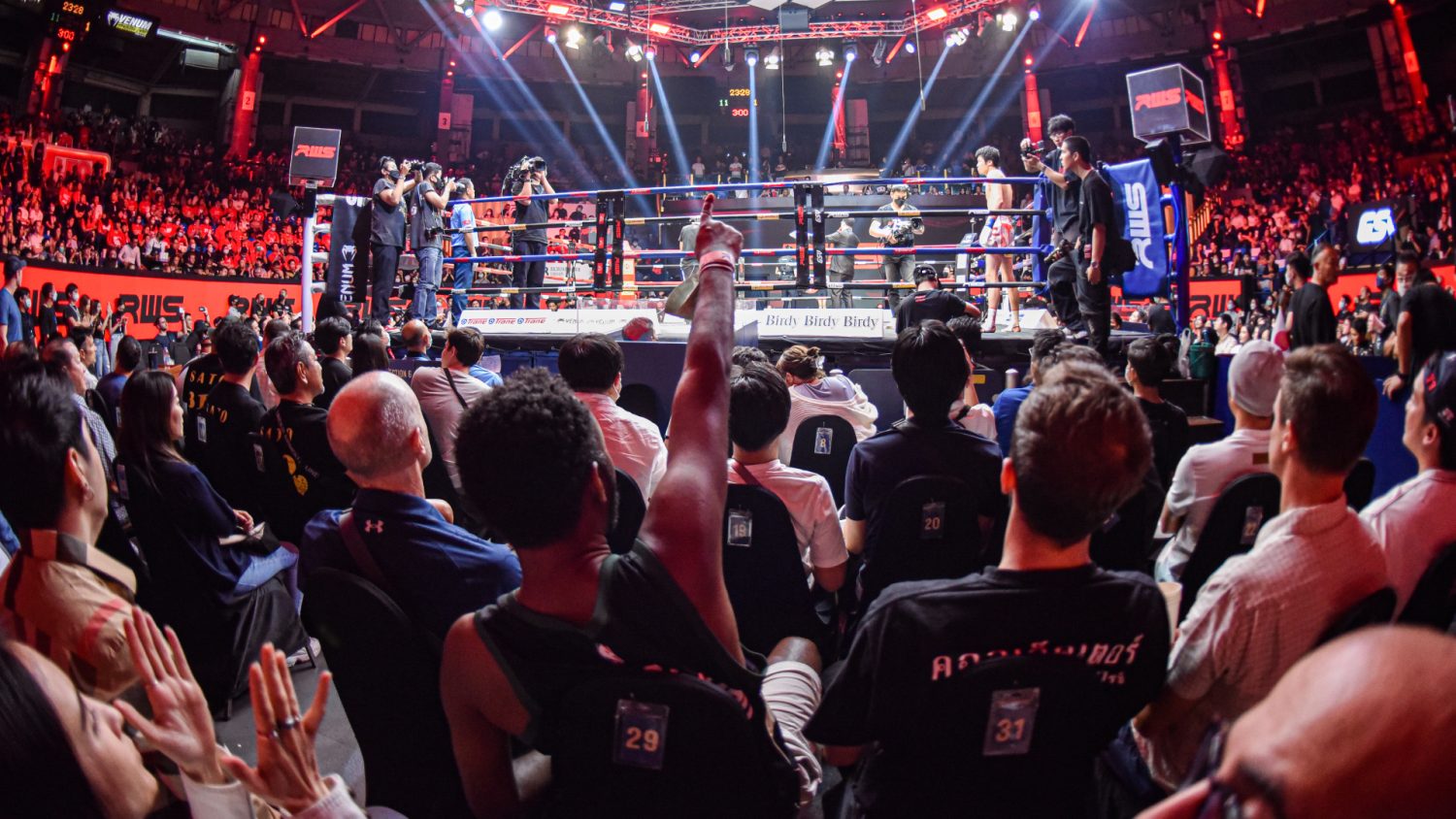
Immersing oneself in the world of martial arts extends beyond training mats and into the heart-pounding atmosphere of live events. For those seeking the epitome of live Muay Thai excitement, look no further than the legendary Rajadamnern Muay Thai Stadium. Nestled in the heart of Bangkok, Thailand, this iconic venue stands as the ultimate destination for enthusiasts who seeking for Muay Thai live experience. Secure your tickets now and embark on a thrilling adventure through the diverse world of Muay Thai.

Related News
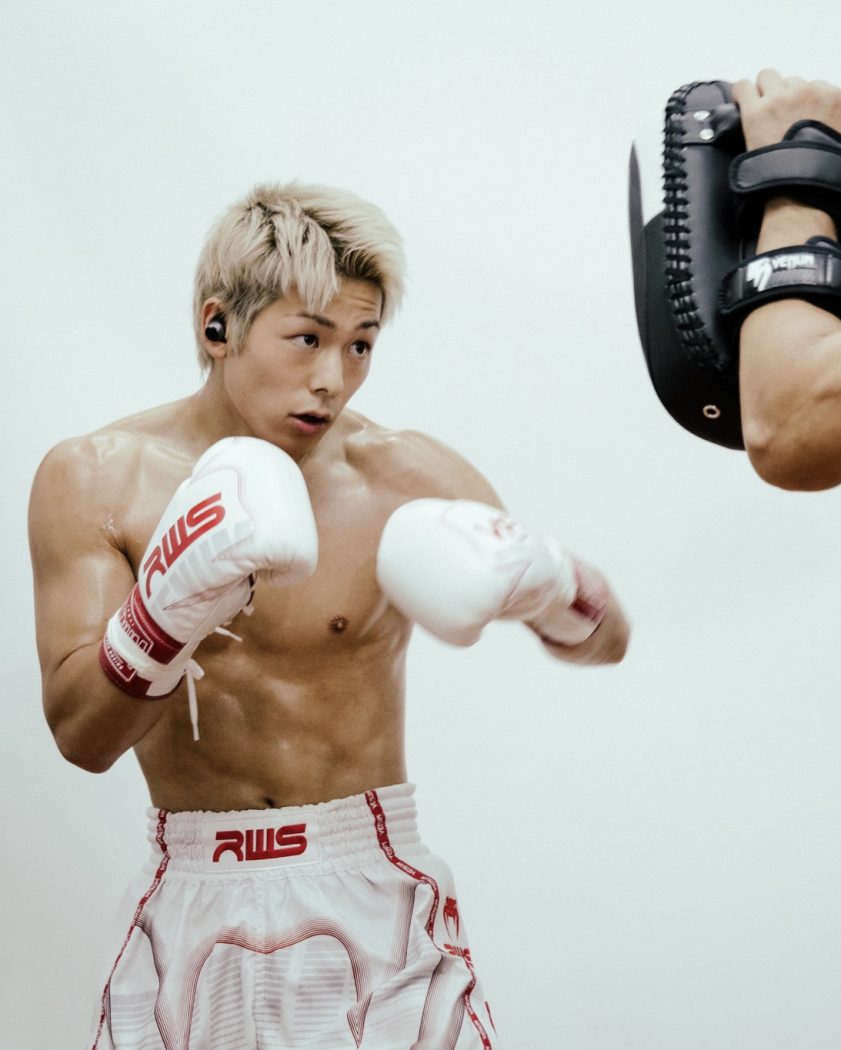
12 Best Martial Arts for Fitness and Weight loss in 2024
Feb 29, 2024
Discover a list of 12 martial arts for fitness that will help you develop a cardiovascular system, immunity, and support your weight loss goal.




